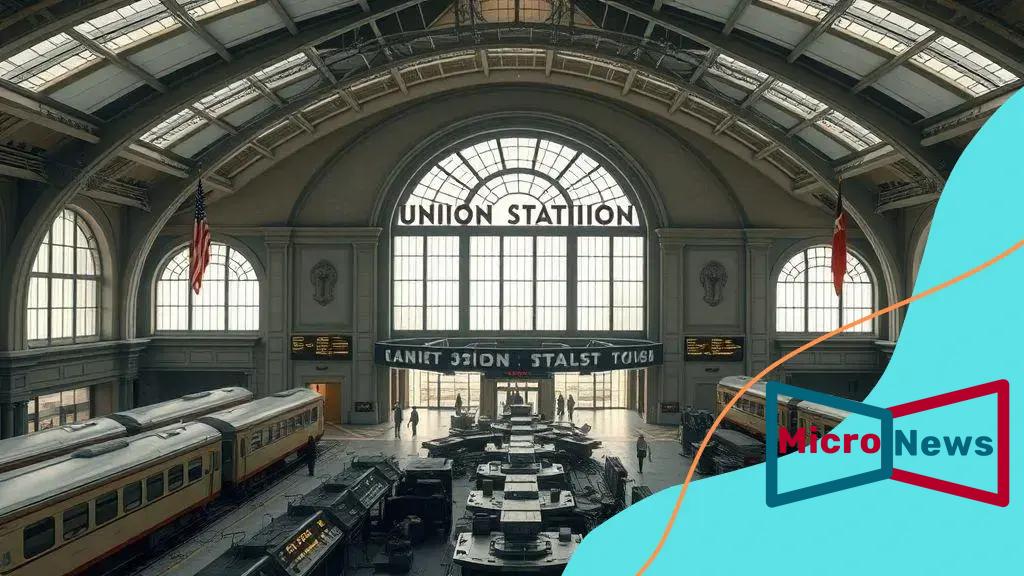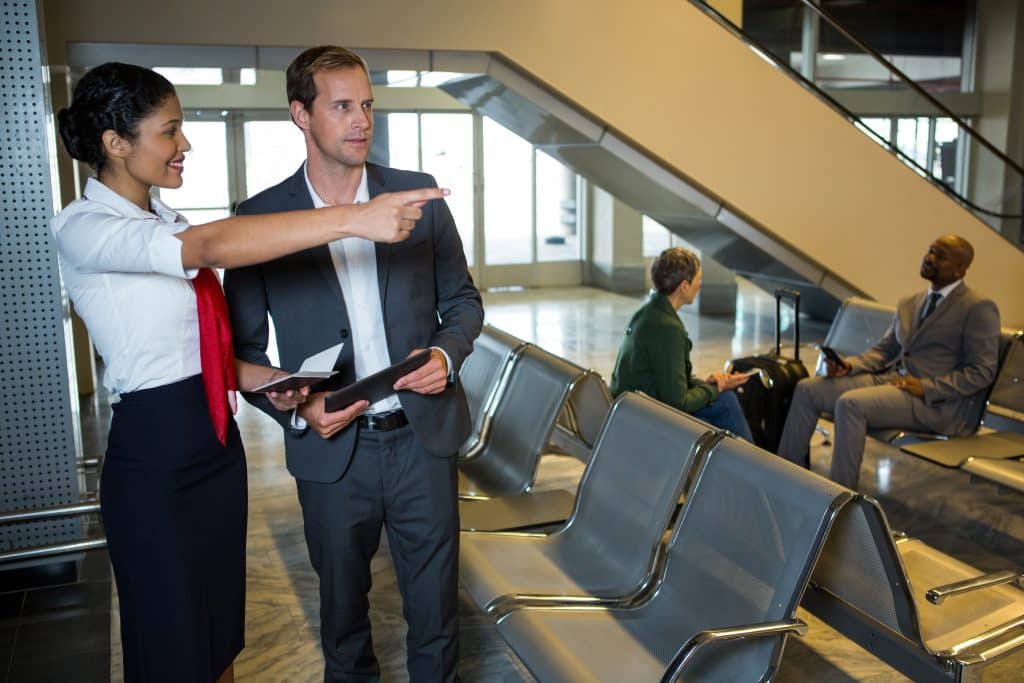Union Station management shift to federal hands

The federal control shift at Union Station enhances traveler experiences with safer, smarter, and greener operations. It prioritizes modern facilities and integrated technology while elevating service standards every day.
This transition centers on sustainability and efficiency so routine journeys feel simpler and more predictable. Federal benchmarks align maintenance, staffing, and data systems for consistent results.
Have you considered how these upgrades reshape trips and local access. The changes aim to cut friction, reduce delays, and improve comfort for everyone.
Understanding the federal control shift at Union Station

Understanding the federal control shift clarifies how decision-making and accountability evolve. Federal oversight unifies standards across safety, reliability, and customer care.
Resources, staffing, and capital planning follow national protocols to minimize gaps and duplication. Clear chains of command reduce confusion during incidents.
With common playbooks, communication speeds up between rail, bus, and security teams. The goal is fewer surprises and more predictable daily service.
Impacts on daily operations
Daily operations adapt through tighter schedules, proactive maintenance, and clearer information. Crews follow shared checklists that keep platforms, signage, and systems aligned.
Riders see cleaner spaces, steadier headways, and timely updates on platforms and apps. Service windows are planned to limit disruption and improve flow.
Staff training emphasizes accessibility, multilingual help, and wayfinding support. The result is a smoother station experience from entry to boarding.
Coordination among agencies
Agency coordination strengthens through joint control rooms and common data feeds. Dispatchers and supervisors act on the same live picture.
Emergency responses become faster as roles, handoffs, and alerts are pre-defined. After-action reviews refine protocols for next time.
Shared dashboards reduce misunderstandings and duplicate tasks. Better alignment shortens incident duration and restores normal operations faster.
Key benefits of the control shift
The control shift concentrates funding, planning, and monitoring in one accountable layer. That elevates reliability and trims systemic delays.
Procurement moves toward scalable contracts for technology, cleaning, and safety assets. Life-cycle planning keeps equipment in peak condition.
Performance metrics are tracked publicly to reinforce transparency. Continuous improvement loops turn data into better outcomes.
Enhanced Safety Measures
Safety improves with standardized inspections, real-time monitoring, and trained personnel. Federal audits keep procedures current and enforced.
Integrated cameras, sensors, and alerting tools help detect issues earlier. Evacuation and medical protocols are drilled routinely.
Clear signage and crowd-management plans guide flows during peaks. Riders gain confidence from visible, consistent safeguards.
Greater Community Engagement
Community engagement expands via forums, surveys, and accessibility reviews. Feedback loops inform schedules and facility upgrades.
Public scorecards share progress on cleanliness, safety, and on-time performance. Residents can track commitments and timelines.
Partnerships with local groups support small businesses, art, and events. The station stays a civic anchor as well as a hub.
Challenges faced during the transition
Transitions are complex and require training, patience, and phased rollouts. Staff learn new systems while keeping service moving.
Change management addresses role clarity, shift patterns, and communication. Leaders listen and adjust to reduce friction.
Short-term disruptions can occur during upgrades and testing. Clear notices and wayfinding help riders adapt.
Resistance to Change
Some teams worry about job security or added procedures. Honest dialogue and support reduce anxiety.
Demonstrations and pilots show benefits before wider adoption. Peers mentor peers to build confidence.
Recognition programs reward early adopters and problem solvers. Culture shifts when wins are visible and shared.
Financial Constraints
Budgets must cover training, tech, and phased construction. Sequencing limits downtime and spreads costs.
Federal programs can unlock grants and long-term financing. Value engineering keeps scope focused on outcomes.
Transparent budgets and milestones build public trust. Every dollar aims at safety, reliability, and access.
The role of technology in the new control system
Technology ties together schedules, assets, and passenger information. Modern platforms replace patchwork tools.
Real-time data informs dispatch, cleaning, and maintenance crews. Alerts reach riders through mobile and screens.
Cybersecurity and resilience are built in from the start. Systems are tested, backed up, and monitored.
Data Management and Analysis
Data reveals crowding, dwell times, and choke points. Teams act quickly to balance flows.
Predictive maintenance reduces breakdowns and surprise outages. Parts and crews are staged before failures.
KPIs guide staffing and timetable tweaks. Decisions are evidence-based, not anecdotal.
Enhanced Safety Features
Smart cameras, sensors, and analytics flag anomalies. Staff respond with clearer context.
Access controls protect restricted areas and critical rooms. Audits verify compliance regularly.
Emergency tools integrate with city partners for rapid aid. Riders benefit from faster interventions.
Future developments for Union Station’s management
Future plans emphasize sustainability, comfort, and access. Upgrades target energy use and rider amenities.
Green power, efficient lighting, and water savings reduce impact. Cleaner operations support community goals.
Accessibility upgrades improve routes, elevators, and signage. Wayfinding becomes intuitive for all users.
Modernizing Facilities

Waiting areas expand with seating, charging, and calm zones. Restrooms are cleaner and easier to find.
Retail and services reflect traveler needs at different hours. Operations keep spaces welcoming daily.
Wi-Fi and ventilation upgrades raise comfort and productivity. The station feels modern and maintained.
Smart Technology Integration
Apps, kiosks, and virtual help simplify decisions. Trip planning and payments stay seamless.
Wayfinding assists new visitors with turn-by-turn guidance. Real-time alerts prevent missed connections.
Integration links regional modes into one journey. The hub works like a single connected system.
FAQ – Frequently Asked Questions about Union Station’s Federal Control Transition
What are the main benefits of the federal control shift at Union Station?
The federal control shift brings enhanced services, improved safety measures, modernized facilities, and the integration of smart technology to improve the overall traveler experience.
How will technology be integrated into the new management system?
Technology will be integrated through real-time data tracking, mobile apps for travelers, and improved safety systems to streamline operations and enhance customer service.
What challenges might Union Station face during this transition?
Challenges include resistance to change among staff, adapting to new federal protocols, and financial constraints related to implementing necessary upgrades.
How does Union Station plan to promote sustainability?
Union Station aims to incorporate sustainable practices such as energy-efficient systems, recycling programs, and promoting clean transportation options to reduce its environmental impact.





